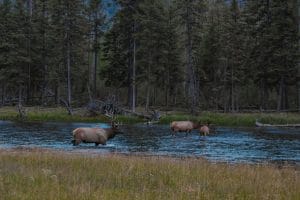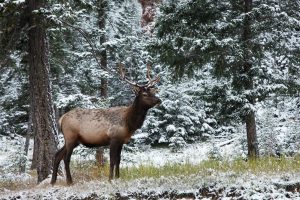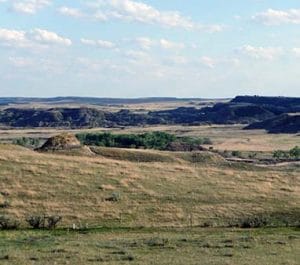
Montana Fish, Wildlife and Parks are conducting a public survey to gauge support for implementing river recreation rules for the Madison River. The survey is in response to three petitions filed recently to push the Commission to begin the rulemaking process. Commissioners rejected all three petitions, which were filed by four sporting organizations, the Fishing Outfitters Association of Montana, and the Madison River Foundation.
But the Commission did commit to crafting an agency proposal. The scoping and survey are the beginning of that process.
The issue has arisen because of gross crowding on the river in the summer months. The Madison is receiving more than 200,000 use-days of anglers per year. And much of that is concentrated from June 15 through Sept. 30.

Officials experienced similar problems on the Big Hole and Beaverhead rivers years ago and implemented some river recreation rules that put some caps on outfitter days and implemented a rest/rotation schedule that included “citizen days” on stretches of those rivers. It’s worked, and the Madison River could be no different.
Get engaged, and make your voice heard for your Madison River by going to FWP’s survey at https://www.surveymonkey.com/r/RDWKFXW







